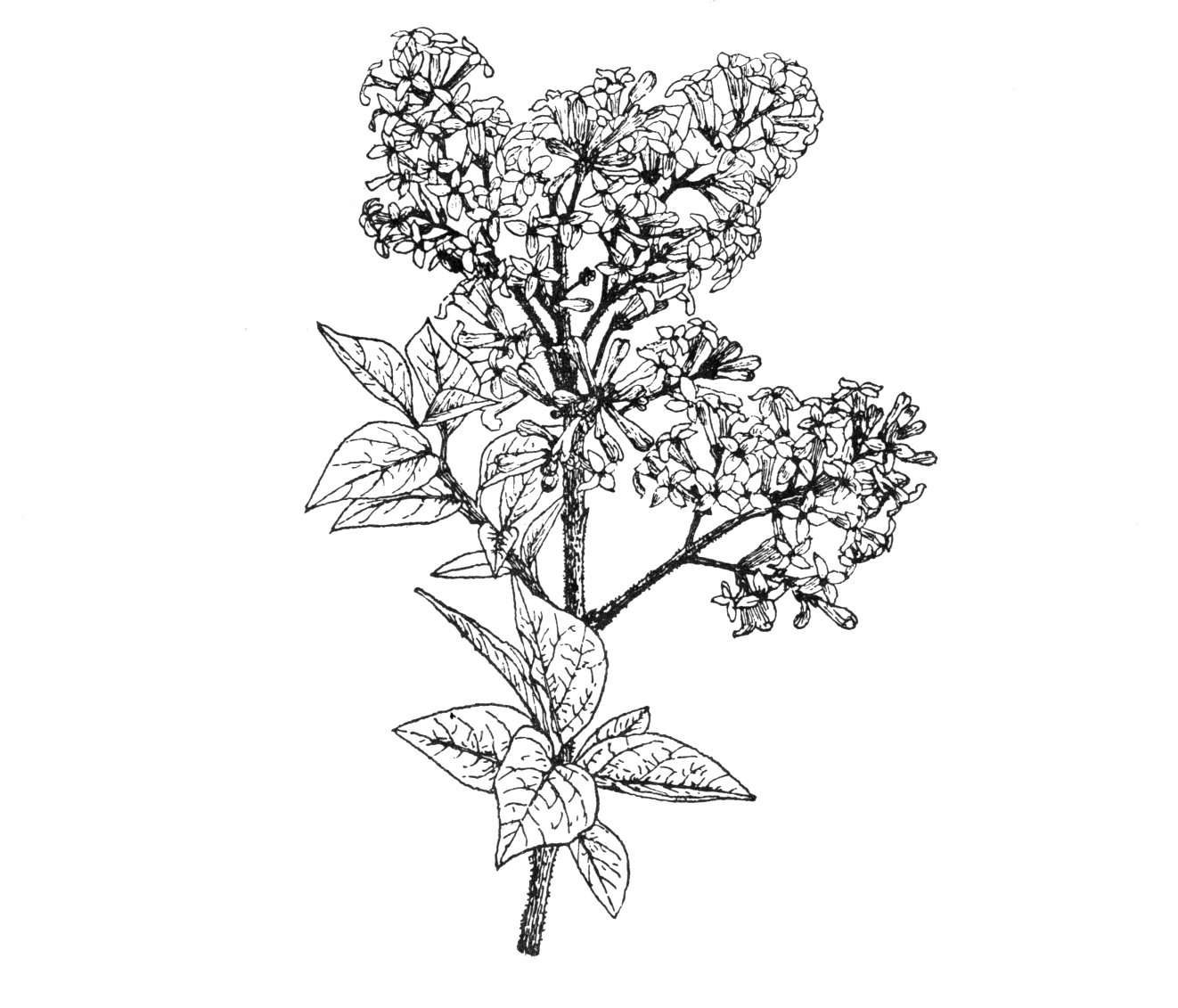Syringa julianae
Credits
Article from Bean's Trees and Shrubs Hardy in the British Isles
Recommended citation
'Syringa julianae' from the website Trees and Shrubs Online (treesandshrubsonline.
Genus
Other taxa in genus
- Syringa × chinensis
- Syringa emodi
- Syringa × hyacinthiflora
- Syringa josikaea
- Syringa komarowii
- Syringa laciniata
- Syringa meyeri
- Syringa microphylla
- Syringa oblata
- Syringa patula
- Syringa pekinensis
- Syringa × persica
- Syringa pinnatifolia
- Syringa potaninii
- Syringa × prestoniae
- Syringa pubescens
- Syringa reflexa
- Syringa reticulata
- Syringa sweginzowii
- Syringa tomentella
- Syringa villosa
- Syringa vulgaris
- Syringa wolfii
- Syringa yunnanensis
- The Garden Lilacs
A deciduous spreading shrub of stiff, bushy habit, about 6 ft high; young shoots slender, very downy, the down persisting for two years. Leaves 1 to 2 in. long, 1⁄2 to 1 in. wide, oval (sometimes inclined to ovate or obovate), tapered at the base, finely pointed, dull dark green, with appressed hairs above; grey and very hairy beneath; stalk 1⁄6 to 1⁄3 in. long, hairy. Panicles 2 to 4 in. long, usually in pairs from the terminal buds of the previous year’s shoots, sometimes from the two or three uppermost pairs, hairy like the shoots. Flowers fragrant, 1⁄4 to 1⁄3 in. long, 1⁄8 to 1⁄6 in. across the lobes. Calyx violet-coloured, glabrous, with short pointed lobes. The hairy flower-stalks (about 1⁄8 in. long) carry one to three blossoms. Corolla deep lilac outside, pale inside the lobes. Series Pubescentes. Bot. Mag., t. 8423.
Native of W. China; introduced by Wilson for Messrs Veitch about 1900. It is allied to S. pubescens and S. patula, but is more downy than the first and its flowers are more deeply coloured. The second species has a downy calyx. S. julianae flowers in May and June, and is both distinct and pretty, but not equal to the best lilacs.

